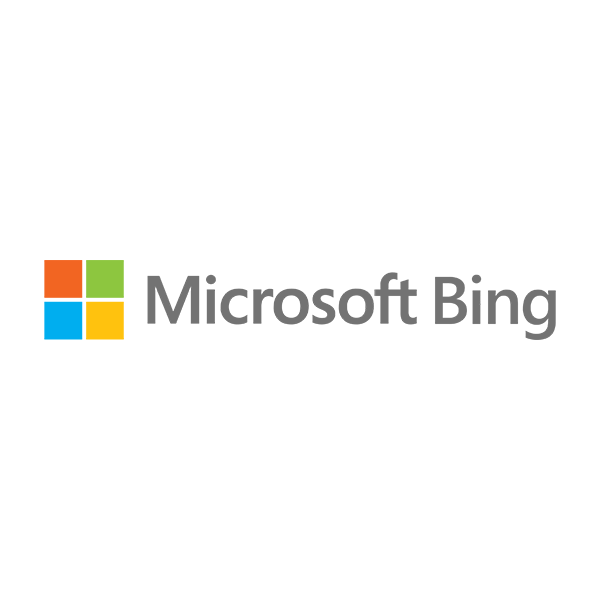Get to Know Bing's Webmaster Guidelines

The big news in the search engine world this week has been the release of Bing's Webmaster Guidelines (finally!), which are meant to help the webmasters and publishers get their content found and indexed on the Microsoft-owned search engine.
Slowly, but surely, Bing has been chipping away at Google's long standing dominance in the search engine market, and with the release of these guidelines, the company has taken its biggest shot yet by positioning itself as a worthy alternative to Google that webmasters can get behind.
In many ways, the initial success of Google that led to it becoming the global and cultural phenomenon that it is now was due in large part to its willingness to cater to webmasters right out of the gate by providing them with useful information, tools and programs that they could use to develop and monetize their sites.
Until now, Bing has been slower to fully come around to webmasters, although the search engine has had a set of Webmaster Tools available for some time, which proved to be a good first stop in ingratiating itself with webmasters. With the release of the new Bing Webmaster Guidelines, the company is committing to being a webmaster-friendly service that puts their needs top-of-mind, and although the Guidelines aren't much different than Google's, they do provide a great refresher on what how Bing crawls, ranks and indexes sites.
Let's take a look:
Content
First and foremost, the job of a webmaster is to publish content and get it noticed by the search engines, which are, for lack of a better term, too dumb to notice it on their own. Webmasters must provide "clear, deep, easy to find content" on their sites that make it more likely to be found, and ultimately indexed and shown in search results. Obviously this includes Web pages, but also images, white papers and videos, among other types. Rich, content-heavy sites that engage users and provide valuable (and evergreen) information are always the most sought after by search engines, and Bing is no exception.
Links
Gathering useful, authoritative links is one of the primary purposes of SEO, as they help Bing (and other search engines) "find new content and establish a vote of confidence between websites. As part of the Guidelines, Bing offers a resource section on link building that explicitly states that the search engine prefers organic links and says that the best ways to build links is by offering unique and engaging content, enabling social sharing and enabling copy-and-paste code snippets for visitors.
Social
With Google's attempts to push for personalized search to become the new norm, the social aspect of Bing's indexing and ranking is now the biggest consideration that webmasters must make, largely because of the Microsoft/Facebook partnership that integrates the world's largest social network with Bing that includes a visitor's Facebook friends in their search results to help influence them and providing positive signals that can impact organic rankings. Specifically, Bing frequently points to social sharing signals as a major way that the search engine measures influence. And since Facebook has significantly more users than Google+, Bing may very well become the standard for socially influenced search results.
Indexation
Bing explains that the best ways to be indexed by the search engine (and thus appear in SERPs) is to either link your content to Bing or use features that come with the Bing Webmaster Tools (e.g. Submit URL or Sitemap Upload) to make them aware of your content. The Webmaster Tools also feature a Crawl Control feature that lets you manage how Bing's bot crawls your content and control when and how quickly your site is crawled (hint: Bing encourages that you do it quickly and deeply).
Technical
This section of the Bing Webmaster Guidelines examines a variety of different structural aspects of a website that can affect how they are crawled, indexed and eventually ranked on Bing's SERPs. These include page load time, robots.txt, sitemaps, site technology, redirects and canonical tags.
Search Engine Optimization
The Guidelines directly distinguish the mains areas that webmasters should focus on when optimizing their websites, which include title tags, meta description tags, alt tags, tags, internal links, outbound links, social sharing, "crawlability" (i.e. XML sitemaps, robots.txt, navigational structure, URL structure, etc.), site structure (i.e. links, clean URLs, content hierarchy, etc.) and rich media warnings.
It also breaks down specific on-page SEO information about head copy, body copy, anchor text, content and links. For instance, it suggests using unique, relevant titles and descriptions that are around 65 and 160 characters, respectively. The Guidelines also inform webmasters that they should only use one
tag per page, base their content on keyword research, don't use images to house content, use targeted keywords as anchor text to support other internal pages, use tags to help engines understand which pages they should index and much more.
Tactics to Avoid
Presumably just to be nice, the Bing Webmaster Guidelines also spell out a handful of different tactics that webmasters should avoid to keep from getting penalized by the search engine in a way that would negatively affect their rankings and standing on the site. In particular, the Guidelines warn against cloaking, using link building schemes (i.e. link farms, three-way linking, etc.), meta fresh redirects, duplicate content and social media schemes.
While the suggestions laid out in the Bing Webmaster Guidelines aren't exactly groundbreaking, they do provide a great template and reference source for webmasters as they work to optimize their sites for search engines, particularly if they want to improve their Bing rankings. And since the Bing-Yahoo Network currently accounts for approximately 30 percent of the search market, it's certainly not something they're going to want to blow off.









